Emergency Ambulance Vehicle Size
Emergency Ambulance Vehicle Market Growth Projections and Opportunities
The emergency ambulance vehicle market is influenced by various market factors that shape its dynamics and growth trajectory. One crucial factor is the increasing demand for emergency medical services (EMS) due to a growing population and rising incidents of accidents and illnesses. As urbanization continues to expand, the need for efficient ambulance services becomes paramount, driving the demand for modern and well-equipped ambulance vehicles. Additionally, advancements in healthcare technology play a significant role in shaping the market. Innovations such as telemedicine integration, real-time monitoring systems, and advanced life support equipment contribute to the demand for newer ambulance models.
Government regulations and policies also heavily impact the emergency ambulance vehicle market. Stringent safety standards and regulations often necessitate upgrades and modifications to ambulance vehicles to ensure compliance. Furthermore, government initiatives aimed at improving healthcare infrastructure, especially in developing regions, drive the demand for ambulance vehicles. Subsidies, grants, and funding for EMS organizations and hospitals can significantly influence the purchasing decisions of ambulance providers.
Economic factors such as GDP growth, healthcare expenditure, and disposable income levels also affect the market. A robust economy generally translates to higher healthcare spending and investments in emergency medical services, thereby boosting the demand for ambulance vehicles. Conversely, economic downturns may lead to budget cuts in healthcare, affecting the purchasing power of ambulance providers and potentially slowing down market growth.
Technological advancements play a crucial role in shaping the emergency ambulance vehicle market. The integration of GPS navigation systems, automatic vehicle locator (AVL) technology, and communication systems enhances the efficiency and effectiveness of ambulance services. Moreover, the emergence of electric and hybrid ambulance vehicles reflects a growing emphasis on sustainability and environmental consciousness, influencing purchasing decisions in the market.
Competition among ambulance vehicle manufacturers and suppliers is another significant market factor. The presence of established players with strong brand reputation and extensive distribution networks can pose challenges for new entrants. However, innovation and differentiation in product offerings, such as the introduction of specialized ambulance vehicles for specific medical conditions or terrain, provide opportunities for competition and market growth.
Consumer preferences and trends also shape the emergency ambulance vehicle market. Increasing awareness of the importance of rapid emergency response and patient care drives demand for ambulance vehicles equipped with advanced medical equipment and facilities. Moreover, preferences for comfort, safety, and accessibility influence the design and features of modern ambulance vehicles, prompting manufacturers to continuously upgrade their offerings to meet evolving customer needs.
Supply chain dynamics and raw material prices affect the cost structure and profitability of ambulance vehicle manufacturers. Fluctuations in commodity prices, availability of key components, and transportation costs can impact production costs and ultimately the pricing of ambulance vehicles in the market. Effective supply chain management and strategic sourcing strategies are essential for manufacturers to maintain competitiveness and profitability in the market.
In conclusion, the emergency ambulance vehicle market is influenced by a combination of factors ranging from demographic trends and government regulations to technological advancements and competitive dynamics. Understanding and adapting to these market factors are crucial for stakeholders in the ambulance industry to navigate challenges and capitalize on opportunities for growth and innovation.



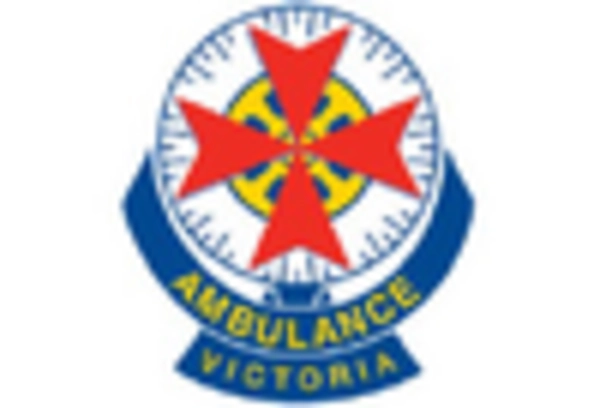

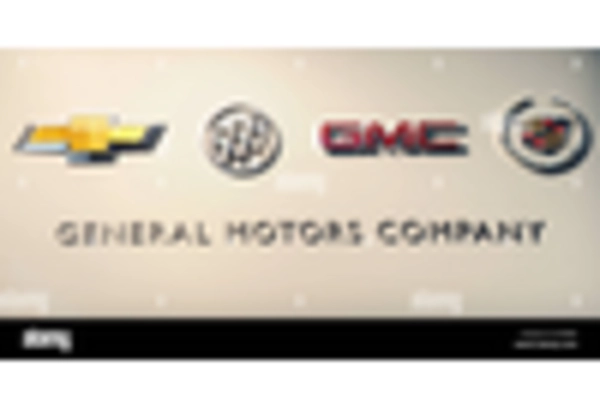
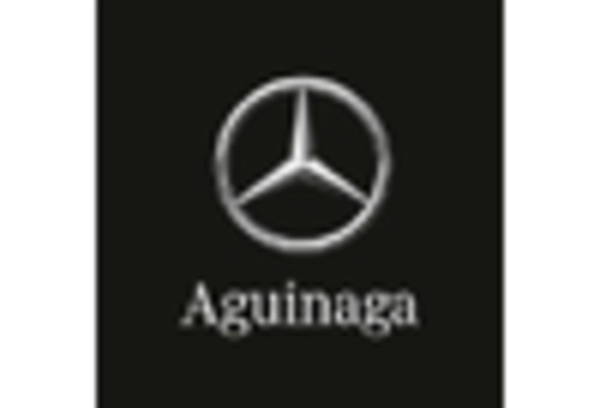
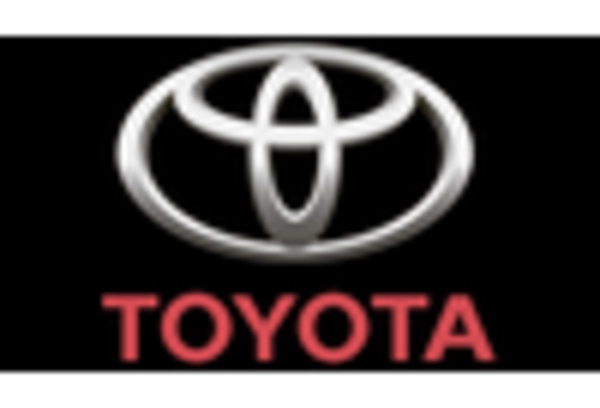
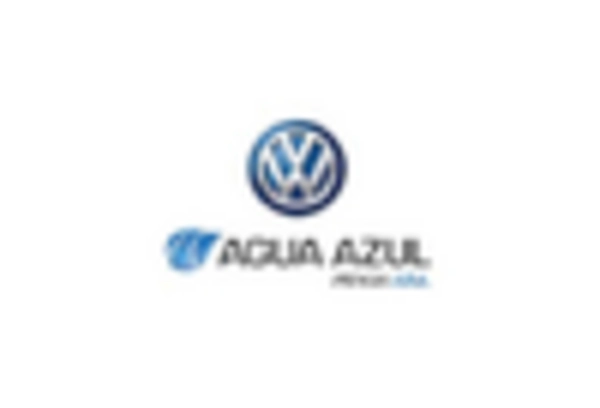









Leave a Comment